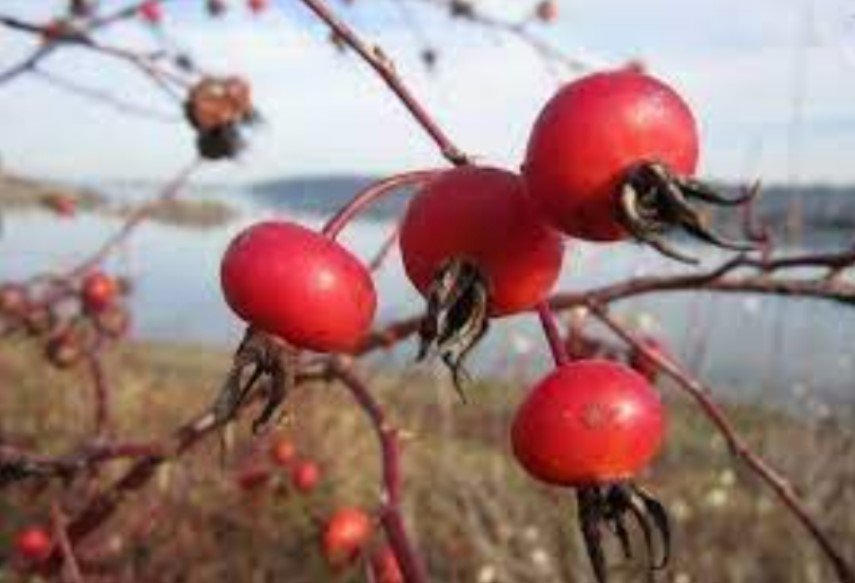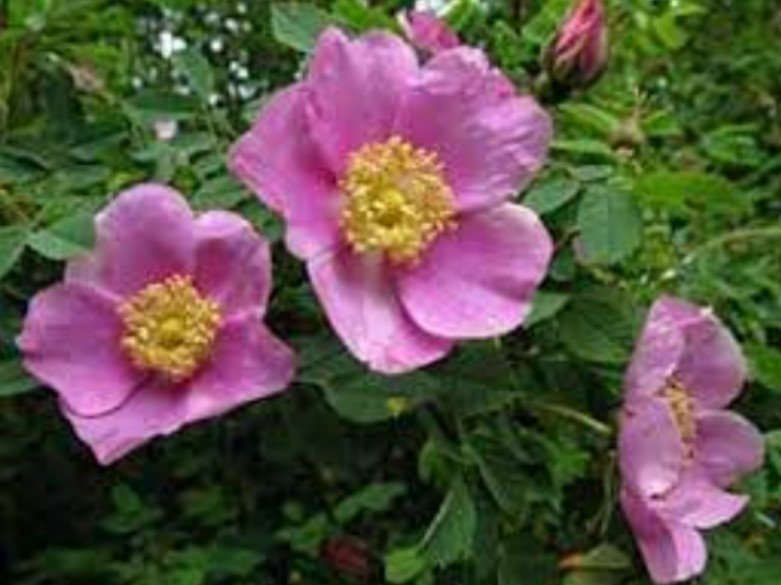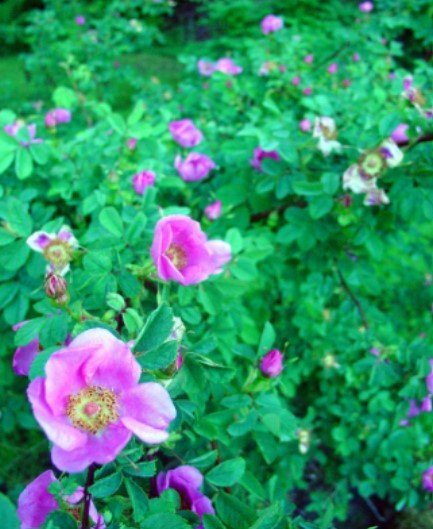 Image 1 of 3
Image 1 of 3

 Image 2 of 3
Image 2 of 3

 Image 3 of 3
Image 3 of 3




Rosa nutkana (Nootka Rose)
The largest of our three native lowland roses (typically 5-6 feet or more), Nootka rose is ideal for ecological restoration projects, creating a prickly thicket for wildlife, competing with challenging invasive plants, and preventing soil erosion on steep hillsides. This rose grows in just about any conditions--sun to shade, sand to clay--but will be most robust with some sun and slightly better-quality soils. Its large pink flowers have a long summer bloom time and are very fragrant, and its bright orangy-red apple-shaped hips persist throughout winter, offering snacks to wildlife and brightening up the winter landscape. Ideal interplanted with Common snowberry. Not recommended for areas where a "tidy" landscaping look is sought: Nootka roses can be aggressive and will start to wander, which is what makes them ideal for challenging site conditions.
The largest of our three native lowland roses (typically 5-6 feet or more), Nootka rose is ideal for ecological restoration projects, creating a prickly thicket for wildlife, competing with challenging invasive plants, and preventing soil erosion on steep hillsides. This rose grows in just about any conditions--sun to shade, sand to clay--but will be most robust with some sun and slightly better-quality soils. Its large pink flowers have a long summer bloom time and are very fragrant, and its bright orangy-red apple-shaped hips persist throughout winter, offering snacks to wildlife and brightening up the winter landscape. Ideal interplanted with Common snowberry. Not recommended for areas where a "tidy" landscaping look is sought: Nootka roses can be aggressive and will start to wander, which is what makes them ideal for challenging site conditions.
The largest of our three native lowland roses (typically 5-6 feet or more), Nootka rose is ideal for ecological restoration projects, creating a prickly thicket for wildlife, competing with challenging invasive plants, and preventing soil erosion on steep hillsides. This rose grows in just about any conditions--sun to shade, sand to clay--but will be most robust with some sun and slightly better-quality soils. Its large pink flowers have a long summer bloom time and are very fragrant, and its bright orangy-red apple-shaped hips persist throughout winter, offering snacks to wildlife and brightening up the winter landscape. Ideal interplanted with Common snowberry. Not recommended for areas where a "tidy" landscaping look is sought: Nootka roses can be aggressive and will start to wander, which is what makes them ideal for challenging site conditions.
